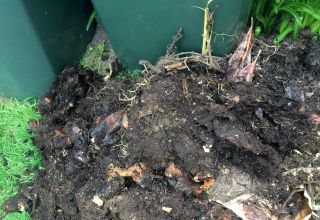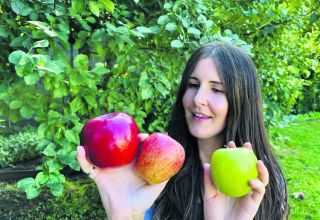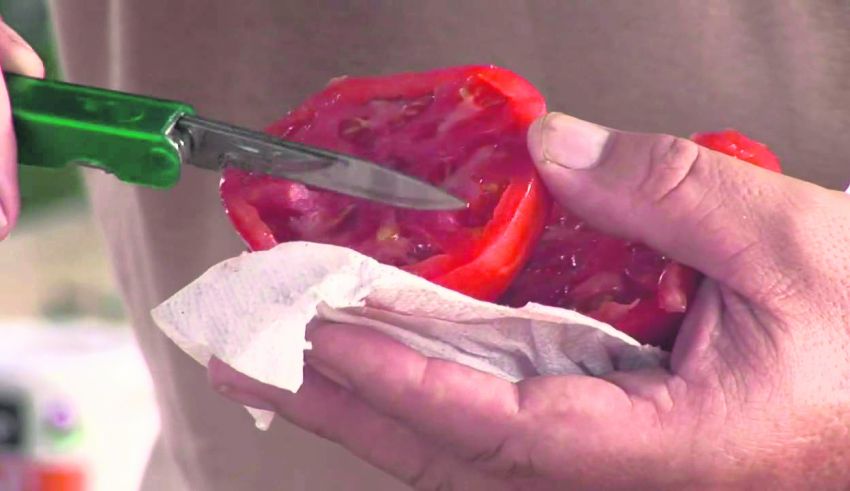
…collect tomato seeds from this season’s crop
Saving seed from your favourite tomatoes is a simple process and could save you money on buying seeds next year.
Saving tomato seeds is easy, but there are a few things to keep in mind. If you harvest hybrid tomato seeds, be aware that they are developed varieties, which won’t grow true from seed the following year. It’s also important to collect from healthy, disease free cultivars, which produce well.
You can also be certain the seed is organic if you grow and collect tomato seeds yourself.
Most tomatoes are self-pollinating, so the offspring will be identical to the parent plant. Choose open-pollinated tomato varieties, not F1 varieties, as they may not come ‘true’ to seed. It’s also a good idea to save heritage, or rare varieties of tomato in this way, to preserve the seed for future generations.
If you grow more than one variety you could grow your own brand new variety of tomato by cross-pollinating the flowers.
Choose a couple of healthy tomatoes and mark them with a tag, so you don’t pick and eat them by accident. When the tomatoes are very ripe, pick them off the plant.
Halve the tomatoes and scoop the seeds out into a shallow jar of water. Put the jar aside for four or five days, after which a mould will have developed. This helps to remove the gelatinous coating on the tomato seed, which can prevent germination.
After four or five days, pour the seeds into a sieve and wash them thoroughly with water to remove the mould.
Arrange the seeds on a piece of kitchen roll to dry out.
The most important part of the process of harvesting tomato seeds is the drying. If the seeds aren’t properly dried, they will mould and then all your work will be fruitless. Spread the seed out on paper towels to absorb any moisture in a warm dry location. Store the seeds until spring in a clean glass jar with a tight fitting lid. Seeds need to be stored where it is dark to prevent stimulating their photo-receptors, which tell them when it is time to germinate. They may lose vigour or fail to sprout if they are exposed to light.
Once the seeds have dried out thoroughly, store them in a paper envelope in a dark, cool place until spring. Make sure they’re clearly labelled.
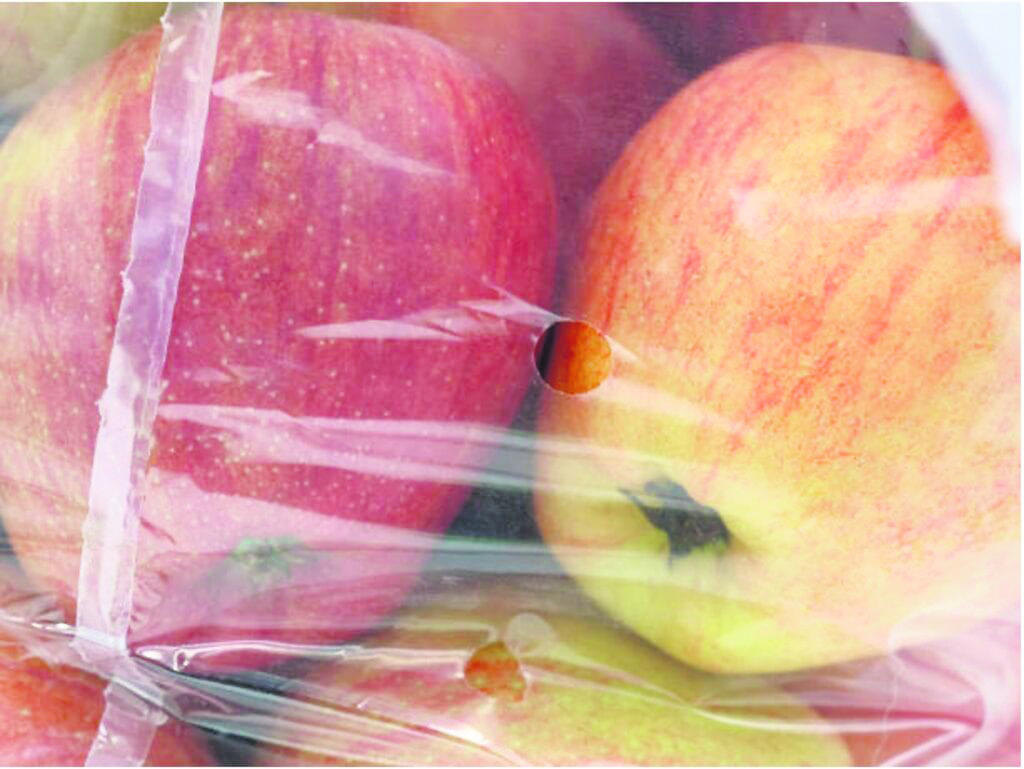
…store apples properly this autumn
Choose from three ways to store apples after harvesting them, so you can enjoy home grown for longer.
Apples are so popular and productive that they deserve to be enjoyed for months on end.
You can make the most of your crop by carefully storing your apples. There are several ways to do this, depending on variety, from keeping them fresh in the fridge for a few weeks, to long-term storage in apple crates.
Early apple varieties, harvested between September and October – such as ‘Beauty of Bath’ and ‘Worcester Pearmain’ – don’t tend to keep well and are best eaten within a fortnight of harvesting. But late apple varieties, harvested in November – such as ‘Newton Wonder’, ‘Bramley’s Seedling’ and ‘Ashmead’s Kernel’ need to ripen in storage over four or five weeks and will then last throughout the winter months if they’re stored correctly.
Place a few apples in a clear freezer bag; biodegradable options are available widely– or even better, paper bags – and store in the fridge for up to a week. Use pre-used bags where possible.
To store apples over winter, wrap each one in a single sheet of newspaper and place them in single layers on a tray. For a cheap alternative to apple racks, use an old filing tray, adding more layers as you need them.
If you have the space and a large apple tree, you may want to invest in an apple rack. Apple racks can store a large quantity of fruit, and enable air to circulate between the layers, so you don’t need to wrap each fruit individually.
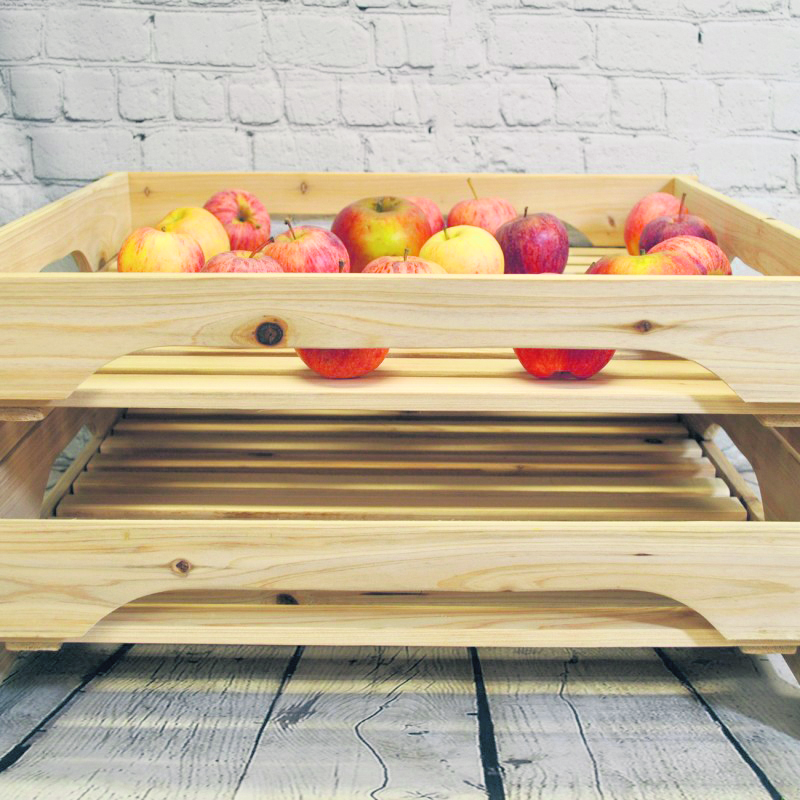
When to store fruit
Fruit can be stored from early autumn right through the winter. As a general rule:
Mid-season apples should keep for four to eight weeks?
Late season apples won’t be ready until they’ve been stored for four or five weeks and can last several months
Pears will store between two weeks and three months, depending on storage conditions
Quince should be used up within a month




